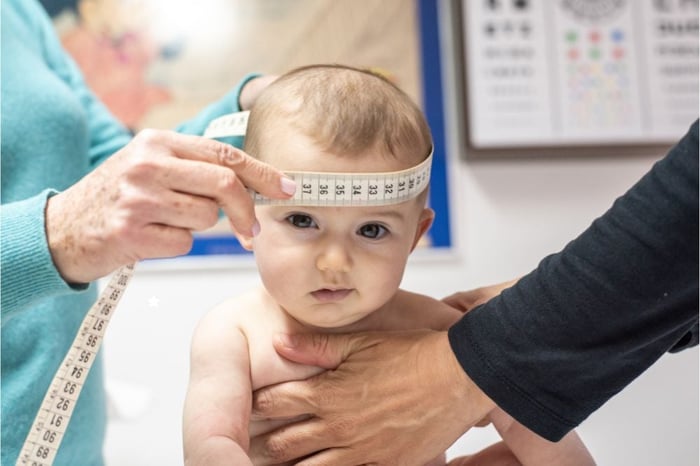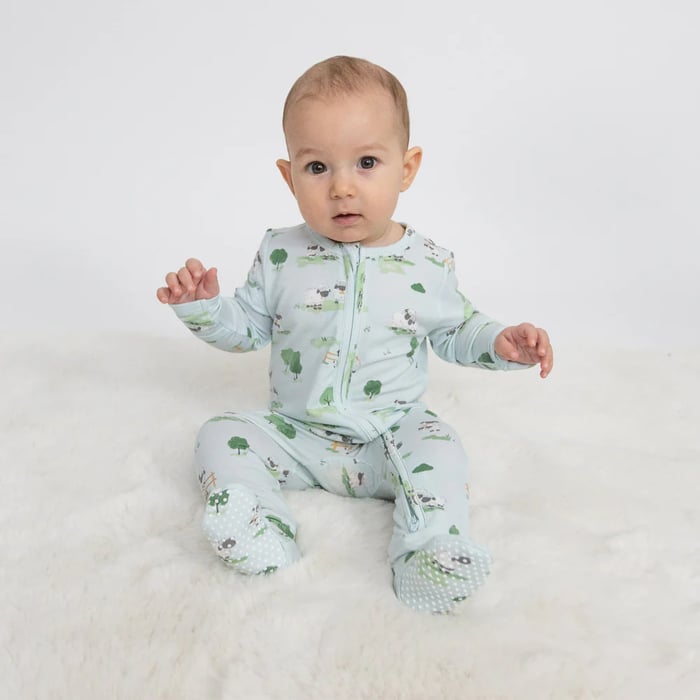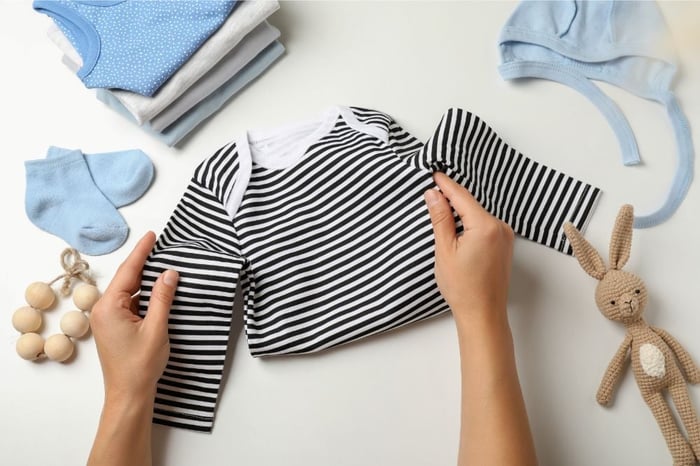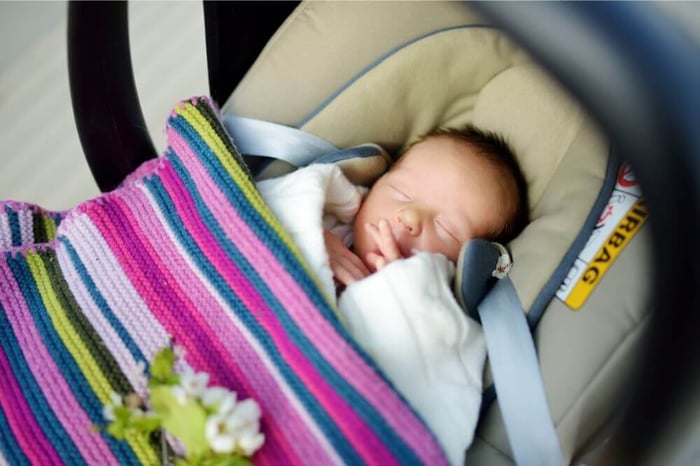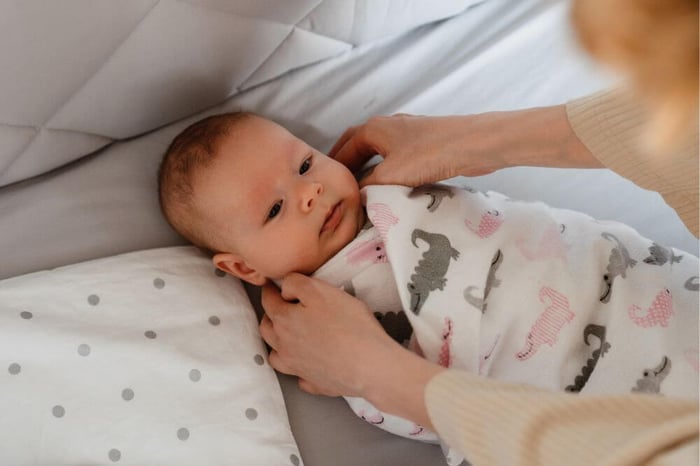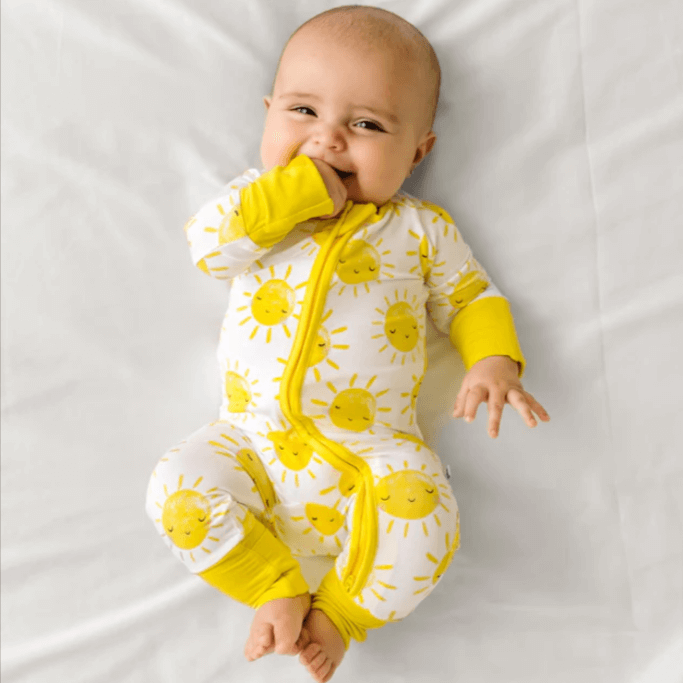How to measure infant length? An infant's developmental wonders are a trip full of wonder and milestones. From those first precious moments until their first steps, every inch counts. However, having trips every week or month to measure infant length is a hassle.
Fret not, as we have a solution for you.
In this article, we'll look at the art and science of measuring infant length and offer insights and recommendations for effectively tracking your baby's growth. Whether you're a new parent navigating these early phases or a carer ensuring optimal growth, knowing how to measure baby length is essential for supporting their journey from tiny bundles to thriving toddlers. Join us as we reveal the secrets of this critical component of infant care.
Why Measuring Infant's Length is Important

Think of your little growth as a superhero transformation. They go through incredible changes.
Because an inch or a pound can make a considerable difference in where your baby ranks on the charts, your youngster is meticulously measured. It can be hard to get exact numbers, especially if your kid is very squirmy, but medical personnel are skilled at this.
It is an essential aspect to monitor their growth and development. Here is why it is crucial:
Tracking Growth Patterns: Measuring your baby's length regularly assists in tracking growth patterns and assures that it grows at a healthy rate.
Early detection of issues: With regular measurements, you can detect abnormal growth and get early intervention and treatment.
Developmental breakthrough: The measurement of the infant's body also helps assess if the body is meeting developmental milestones. These milestones are key indicators of baby development.
Parental reassurance: Regular measurements of the baby's length are also important to reassure parents that the baby is developing typically, offering peace of mind.
Pediatric assessments: Regular measurements of a baby's length are important for pediatric assessments, providing your doctor with essential information to monitor the baby's health.
Tools For Measurement (How to measure infant length)

You can also take your baby's measures at home, though the results may be less reliable than those obtained by a doctor, nurse, or medical assistant. However, parents might pick up on mistakes made at the doctor's office and detect growth concerns earlier.
When you measure infant length, put them in the growth percentile calculator and compare them with the standard length of babies of their age.
Before measuring the infant's length, ensure you have the tools to measure the length efficiently. The list goes on like:
- Infantometer: This fancy-named tool is a flat board with a fixed headpiece and moveable footboard. It's the gold standard for measuring lengths.
- Growth Chart: After measuring the value through an infantometer, the most crucial thing is to compare the growth with the growth chart. You can find one in the pediatrician's office or here.
- Flat Surface: A clean and comfortable flat surface will work if you don't have an infantometer. It provides a consistent base for measurements.
- Soft measuring tape: A soft measuring tape should be used on a flat surface to measure the length of a baby.
- Patience and a Dose of calmness: Babies are super wiggly, and measuring their lengths can be difficult. A few calming and distraction techniques will make your job easier.
Measuring Infant's Length: Procedure

After the initial prep, let's go into the actual measuring process. Here is the step-by-step guide to measuring the length of an infant:
Prepare the area
First and foremost, prepare the area where you want to put your baby. The surface should be clean and comfortable. Lay down a soft blanket or cloth to ensure their comfort.
Position the baby
Gently lay your baby on a flat surface. Lay them on the back. Gently hold him from the waist and put your head against the headpiece. Make sure they are relaxed and in a good mood before you take any measurements.
Align the head
To keep your baby's head in place, cup your hands over their ears. Ensure that the head is in the Frankfort Horizontal Plane and that the line connecting the bottom of the eye socket to the earhole is perpendicular to the board.
Stretch the legs
Hold your baby from the knee gently and straighten the legs. Ensure the legs are fully extended, but don't force them straight.
Positioning the body
Make sure the back, buttocks, and shoulders are all parallel to the middle of the board. The feet and legs must be flat and straight on the board.
Taking the length
With one hand, hold the footpiece, and with the other, the movable footpiece. When you're measuring the length, ensure it's accurate to the nearest 1/8 inch. Measure the length from head to bottom of feet using a ruler or measuring tape. If you use a length board, take note of the specified measurement.
Recording the measurements
On the data collecting page, note the measurement. Make sure the measurement is clear and exact.
Repeat the process a few times to ensure consistency and accuracy.
Now that you know how to measure the infant's length, it's time to understand some common errors to avoid them while taking measurements.
Common errors

The key points regarding common errors in measuring the length of infants are:
- Newborn infants in a fetal position present a specific challenge, as the measurer must carefully straighten the legs to estimate the maximum length.
- The measuring length process can cause anxiety to caregivers who fear it may harm the infant.
- Faulty or poorly maintained measuring equipment, such as squeaky boards and faded measuring tapes, can also contribute to measurement errors.
- Lack of standardization in measurement procedures can lead to errors. For example, different health workers use different methods or equipment, leading to inconsistent results.
Get an idea of common errors that cause inaccurate results? It's time to find out how you can avoid those errors. Although there's no method, only experience can help you get accurate measures. But there are some tips to measure an infant's length.
Related Post: How to dress infant in summer?
Tips to Mitigate Errors
Here are the tips to mitigate these errors:
- Use proper equipment, such as a length board or infantometer, to accurately measure infant length.
- Provide proper training for measurement. Inexperienced measurers are more prone to technical errors in positioning the infants.
- Take multiple measurements and then average them. It helps reduce the common errors in a single measurement.
- Make sure that the infant is calm and cooperative. Crying, struggling infants are more difficult to measure accurately. Moreover, a caregiver should be engaged to help soothe and position the infant.
- Carefully position the infant's head, back, and legs to ensure full extension before taking the measurement.
Benefits of Measuring Infant's Length

Well, we are done with errors and how to mitigate them. Let's move on to the why of measuring infants' length. Here are some of the benefits of measuring infants' length:
Early Growth Issue Identification: Frequent measurements can aid in the early detection of any growth issues, enabling prompt interventions.
Improved Health Outcomes: Your child's health may benefit from accurate measures.
Better Monitoring: Regular measures provide a clear picture of your child's development and growth, allowing you to closely monitor it.
Assurance: Measuring an infant's length provides comfort in knowing your child is growing according to plan.
Nutritional Guidance: The measurement also helps you make well-informed choices on the food and nourishment of your infant.
Benefits are what counts, and the list goes on and on.
Wrap Up
That's all you need to know about how to measure infant length. Ensure you position your infant correctly and take measures while stretching the body. With the tips mentioned above, you can take the correct measures and make sure that your baby is healthy.
Using some other tool to measure the baby's length? Let us know in the comments!
FAQs
Q: How often should I measure my baby's length?
It is usually advised to take your baby's length when born
At every well-child visit (usually every two to three months during the first year)
Whenever you are worried about the development and growth of your baby. Monitoring the length of your baby over time can assist in detecting any possible growth problems at an early stage.
Q: Can I measure my baby's length by myself?
Yes. You can measure your baby's length at home with an infantometer or a measuring board? Just follow the right steps and enlist help from another person. To guarantee precision, having your infant's length measured by a medical professional at routine checkups is a good idea.
Q: What if my baby moves a lot during measurements?
Measuring the length of a wriggling or crying baby might be difficult.
Try to take a measurement when your baby is at ease and content, like after a feeding. Get a second person to hold your baby in place while you do this.
Keep your baby calm by using calming methods like rocking or singing.

